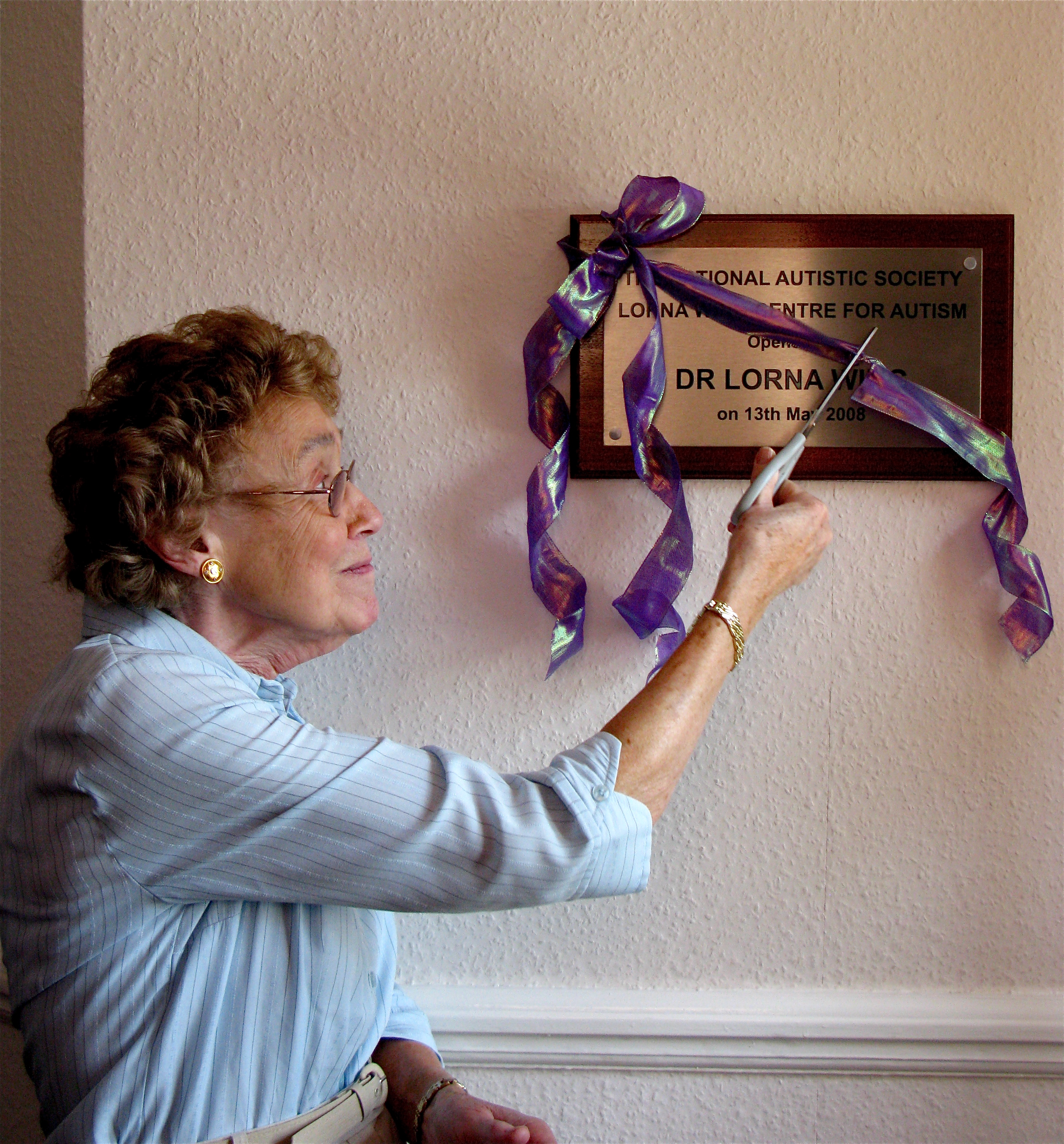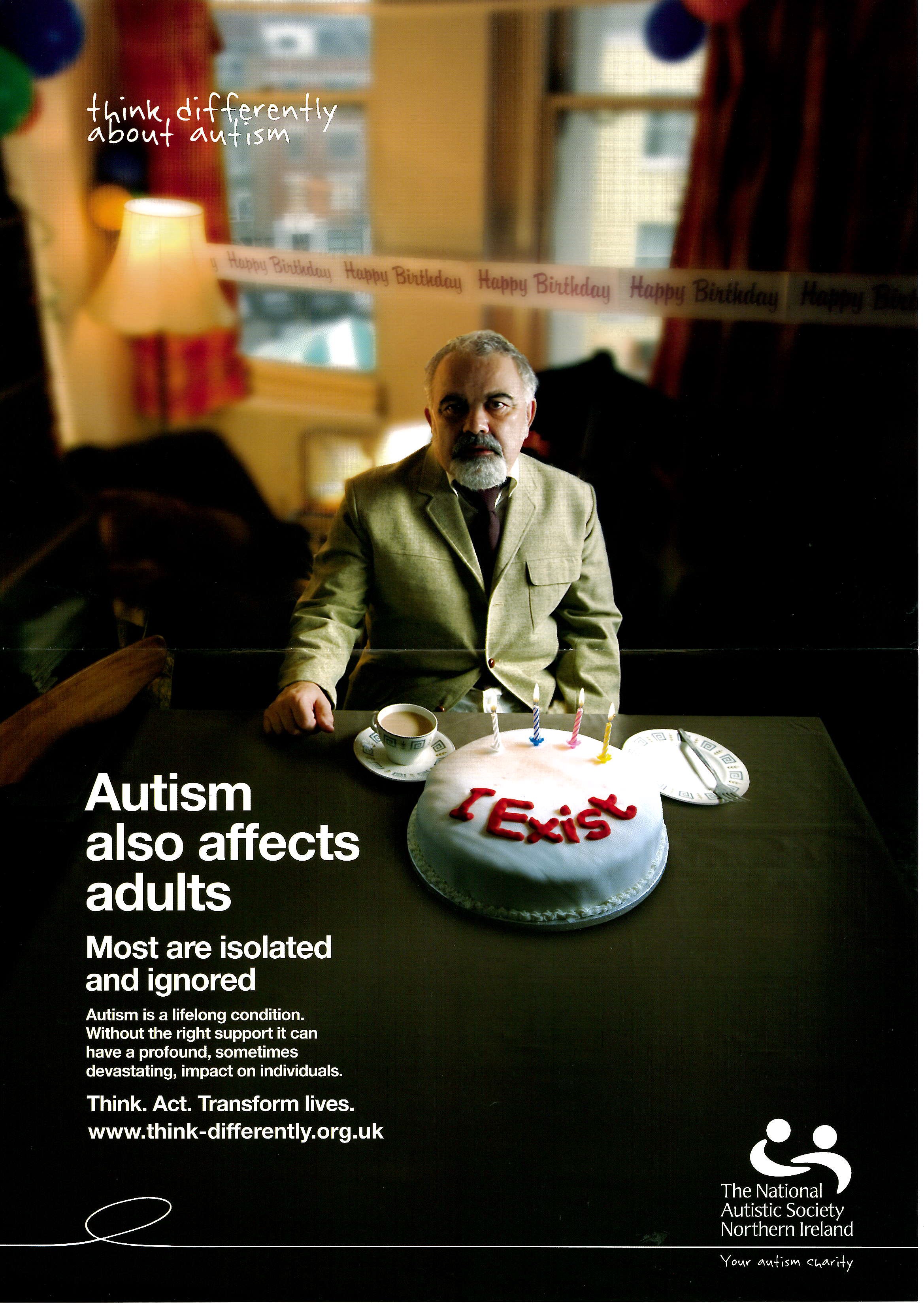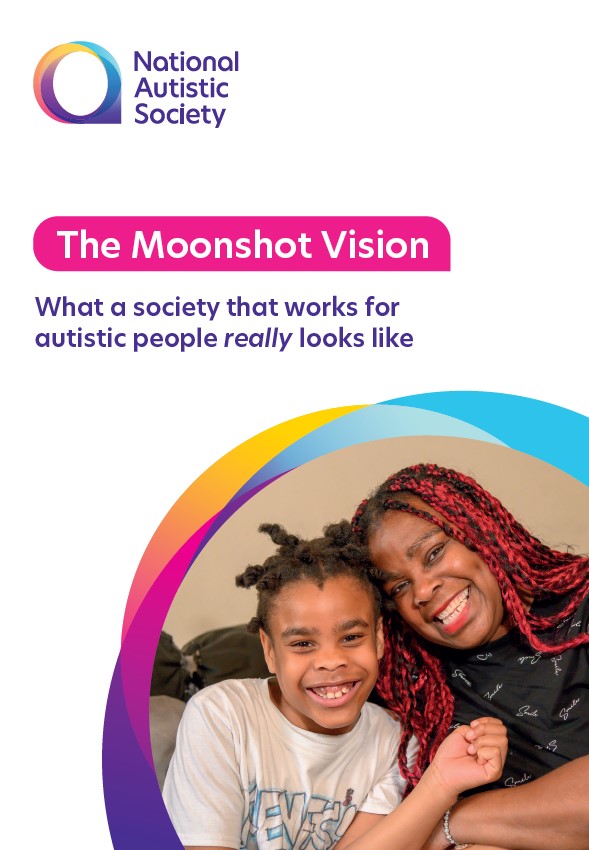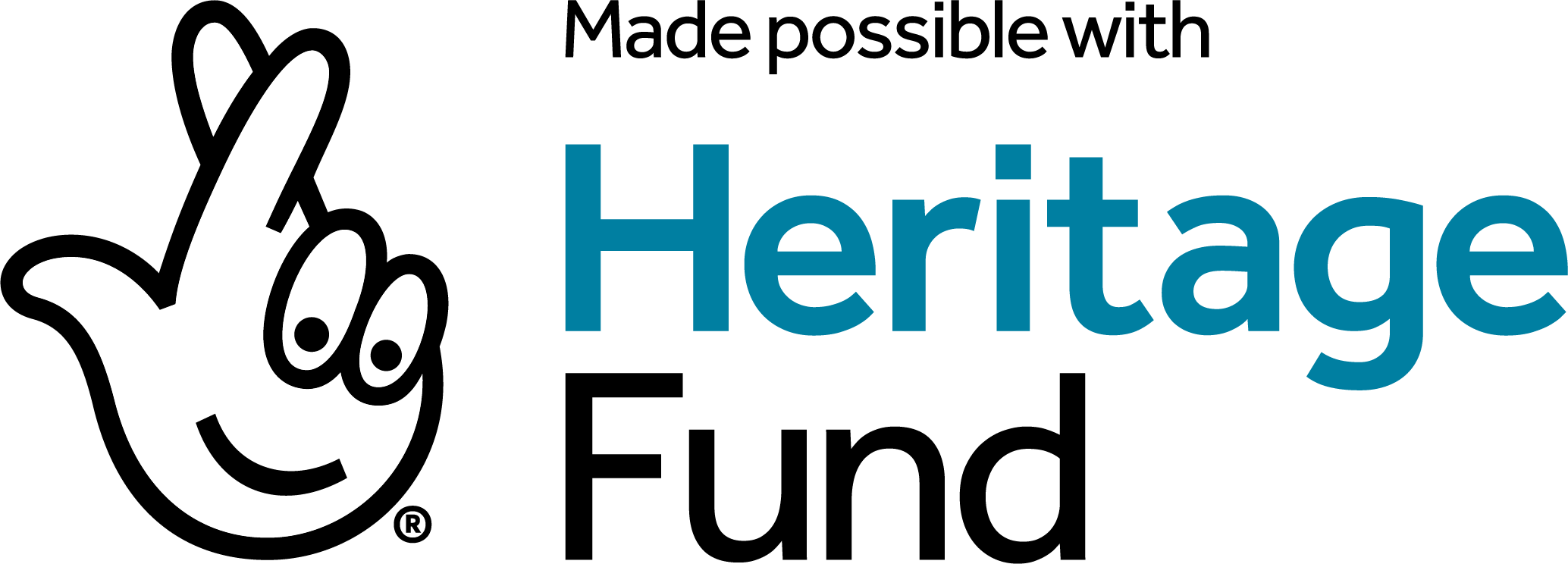Your Internet Explorer 11 browser is not supported by this site. Please upgrade to a recent browser for the best experience.
1960s
The National Autistic Society began in January 1962 with a group of parents who had autistic children and wanted a better life for them. At the time, there was no provision for autistic children, who were often diagnosed with childhood schizophrenia and sent to institutions.
The initial aims of the charity were to:
The initial aims of the charity were to:
- provide and promote day and residential centres for the support and education of autistic children
- support parents of autistic children by facilitating the exchange of information
- encourage research into autism
- encourage more understanding and awareness of autism among medical professionals and the general public.
In November 1962, in the charity’s first newsletter, a call to action was sent out for parents of autistic children or children with the diagnosis of childhood schizophrenia. They were encouraged to write to their local MPs if they were having difficulty placing their children in suitable schools and make the Government aware of the extent of the number of people facing these issues. Following this, the charity put their first question to Parliament about the rights of autistic people in December 1962.
The first logo for the National Autistic Society was created by Gerald Gasson, who was a board member of the charity. This logo included the now-discontinued puzzle piece with a crying child. These days, associating autism with a puzzle piece as if ‘something is missing’ or depicting all autistic children as miserable is offensive and inaccurate. The sixties may not have been that long ago, but our understanding has come a long way.
The charity then opened the world’s first autism-specific school in 1965, which was later named the Sybil Elgar School in honour of its founder’s pioneering work teaching autistic children. This school still supports young autistic people today, a testament to Elgar’s legacy.
The first logo for the National Autistic Society was created by Gerald Gasson, who was a board member of the charity. This logo included the now-discontinued puzzle piece with a crying child. These days, associating autism with a puzzle piece as if ‘something is missing’ or depicting all autistic children as miserable is offensive and inaccurate. The sixties may not have been that long ago, but our understanding has come a long way.
The charity then opened the world’s first autism-specific school in 1965, which was later named the Sybil Elgar School in honour of its founder’s pioneering work teaching autistic children. This school still supports young autistic people today, a testament to Elgar’s legacy.
1970s
After the success of the Sybil Elgar School and the ever-increasing understanding that autism is lifelong and goes beyond childhood, the founding families began to consider what would happen to their children after they passed school age.
They established the Ealing Autistic Trust and fundraised, bought and opened Somerset Court, the first autism-specific residential home in the country. This residential home was gifted to the National Autistic Society in 1974.
More National Autistic Society schools were established in the 1970s to meet the ever-growing demand for specialist education.
Within this decade, Dr Lorna Wing and Dr Judy Gould also began to conduct the Camberwell Study, which would later lead them to create the concept of an autism spectrum.
They established the Ealing Autistic Trust and fundraised, bought and opened Somerset Court, the first autism-specific residential home in the country. This residential home was gifted to the National Autistic Society in 1974.
More National Autistic Society schools were established in the 1970s to meet the ever-growing demand for specialist education.
Within this decade, Dr Lorna Wing and Dr Judy Gould also began to conduct the Camberwell Study, which would later lead them to create the concept of an autism spectrum.
1980s
Thanks to the campaigns of the National Autistic Society and more localised autism charities, awareness and available information about autism grew, and so did the demand for more specialised support. This shift brought about growth in adult provisions run by the National Autistic Society, whether in its day centres or residential homes.
Adult provisions began to adapt to suit more personalised approaches. Somerset Court built smaller homes within its grounds to provide separate housing for smaller groups of people, and these developments were celebrated by a visit from HRH Princess Anne in 1989.
Among all these developments, the charity was officially renamed from the National Society for Autistic Children to the National Autistic Society to reflect the lifelong nature of autism and the charity’s growing support for autistic people of all ages across the UK.
Adult provisions began to adapt to suit more personalised approaches. Somerset Court built smaller homes within its grounds to provide separate housing for smaller groups of people, and these developments were celebrated by a visit from HRH Princess Anne in 1989.
Among all these developments, the charity was officially renamed from the National Society for Autistic Children to the National Autistic Society to reflect the lifelong nature of autism and the charity’s growing support for autistic people of all ages across the UK.
1990s
The early nineties saw a big change to the charity with the appointment of its first Chief Executive, as the organisation ceased being parent-led and began to formalise its functions.
Building on its years of expertise, the charity founded its first diagnostic centre led by Dr Lorna Wing and Dr Judith Gould and created the UK's first autism-specific quality assurance programme, Autism Accreditation. This programme is still the UK's only autism-specific quality assurance programme of support and development for all those providing services to autistic people.
The charity developed more ways to bring autistic people and their families together during this decade, including updates to its network of local branches, the first publication of the Spectrum Magazine created by and for autistic people and the all-new website for the National Autistic Society.
The charity expanded into Scotland and Wales, establishing nation-specific arms of the charity. The charity also registered in Northern Ireland but opened its first office a few years later in 2005.
Building on its years of expertise, the charity founded its first diagnostic centre led by Dr Lorna Wing and Dr Judith Gould and created the UK's first autism-specific quality assurance programme, Autism Accreditation. This programme is still the UK's only autism-specific quality assurance programme of support and development for all those providing services to autistic people.
The charity developed more ways to bring autistic people and their families together during this decade, including updates to its network of local branches, the first publication of the Spectrum Magazine created by and for autistic people and the all-new website for the National Autistic Society.
The charity expanded into Scotland and Wales, establishing nation-specific arms of the charity. The charity also registered in Northern Ireland but opened its first office a few years later in 2005.
2000s
The 2000s were a transformative decade for the charity, marked by significant strides in campaigning and political advocacy.
In 2000, the All Party Parliamentary Group on Autism was established. This cross-party group brought MPs and Peers together to raise awareness and push for improved services for autistic people and their families, with the secretariat provided by the National Autistic Society.
This decade also saw the launch of World Autism Awareness Day by the United Nations in 2007, recognising the rights and dignity of autistic people on a global stage. That same year, the Think Differently About Autism campaign revealed widespread awareness but highlighted persistent misunderstandings, leading to the I Exist campaign, which amplified autistic voices and provided practical guidance for schools, workplaces and communities.
In 2008, the Autism Education Trust (AET) was founded by the National Autistic Society in partnership with Ambitious about Autism to improve education for autistic children and young people in England.
The decade concluded with the landmark Autism Act 2009, the first legislation in England dedicated to autism. Thanks to the I Exist campaign, led by the National Autistic Society and supported by other organisations, the Act required the Government to develop a strategy to improve services for autistic adults, underpinned by legally-binding guidance for councils.
In 2000, the All Party Parliamentary Group on Autism was established. This cross-party group brought MPs and Peers together to raise awareness and push for improved services for autistic people and their families, with the secretariat provided by the National Autistic Society.
This decade also saw the launch of World Autism Awareness Day by the United Nations in 2007, recognising the rights and dignity of autistic people on a global stage. That same year, the Think Differently About Autism campaign revealed widespread awareness but highlighted persistent misunderstandings, leading to the I Exist campaign, which amplified autistic voices and provided practical guidance for schools, workplaces and communities.
In 2008, the Autism Education Trust (AET) was founded by the National Autistic Society in partnership with Ambitious about Autism to improve education for autistic children and young people in England.
The decade concluded with the landmark Autism Act 2009, the first legislation in England dedicated to autism. Thanks to the I Exist campaign, led by the National Autistic Society and supported by other organisations, the Act required the Government to develop a strategy to improve services for autistic adults, underpinned by legally-binding guidance for councils.
2010s
After building on the campaigning successes of the early 2000s, the 2010s focused on practical solutions and meaningful change for autistic people.
In 2015, the charity began a partnership with the Cullum Family Trust to establish its Cullum Centres, dedicated spaces in mainstream schools providing tailored support to help autistic students thrive.
That same year, the Too Much Information campaign began, running from 2015-2018 and powerfully challenging misconceptions about autism and highlighting the isolation experienced by 79% of autistic people. Its compelling video, Can You Make It to the End?, resonated with audiences worldwide, being viewed by millions.
Progress continued across the UK. In Northern Ireland, Autism NI led the introduction of the Autism Act NI (2011), with support from the National Autistic Society. In Scotland, the Not Included, Not Engaged, Not Involved campaign in 2018, delivered in partnership with Scottish Autism and Children in Scotland, addressed the challenges faced by autistic children excluded from education.
In 2019, the charity launched the Autism at Work programme, delivered in partnership with the Bloomfield Trust. This initiative supported employers in attracting, recruiting and retaining autistic talent while providing jobseekers, successful candidates and their managers with tailored guidance and coaching throughout the recruitment process and during their employment.
Meanwhile, the Spectrum magazine celebrated its 25th anniversary in 2018, continuing to amplify autistic voices and creative talent.
In 2015, the charity began a partnership with the Cullum Family Trust to establish its Cullum Centres, dedicated spaces in mainstream schools providing tailored support to help autistic students thrive.
That same year, the Too Much Information campaign began, running from 2015-2018 and powerfully challenging misconceptions about autism and highlighting the isolation experienced by 79% of autistic people. Its compelling video, Can You Make It to the End?, resonated with audiences worldwide, being viewed by millions.
Progress continued across the UK. In Northern Ireland, Autism NI led the introduction of the Autism Act NI (2011), with support from the National Autistic Society. In Scotland, the Not Included, Not Engaged, Not Involved campaign in 2018, delivered in partnership with Scottish Autism and Children in Scotland, addressed the challenges faced by autistic children excluded from education.
In 2019, the charity launched the Autism at Work programme, delivered in partnership with the Bloomfield Trust. This initiative supported employers in attracting, recruiting and retaining autistic talent while providing jobseekers, successful candidates and their managers with tailored guidance and coaching throughout the recruitment process and during their employment.
Meanwhile, the Spectrum magazine celebrated its 25th anniversary in 2018, continuing to amplify autistic voices and creative talent.
2020s
As we enter this decade in the 2020s, the charity continues to strive for significant change for autistic people.
The new national autism strategy for England was published in 2021, committing to £73m investment in the first year. The strategy reflects most of the issues we raised in our Not Enough campaign and, importantly, includes autistic children for the first time.
The following year, our Now I Know campaign launched, focusing on the late diagnosis of autistic women and non-binary people – many of whom have experienced a lifetime of being misunderstood and, in many cases, mistreated. Through their own voices, the campaign raised awareness of the crucial need for accurate, timely diagnosis and better support.
In 2022, the charity introduced the Moonshot Vision, an ambitious project designed to define what an inclusive society should look like for autistic people and their families. With clear, actionable goals for governments, organisations and campaigners across the UK, this vision was led by autistic people and set the stage for long-term, impactful change.
In 2023, the National Autistic Society launched its Vision to Reality Strategy, guided by the Moonshot Vision. It outlines a three-year plan to turn this vision into actions and create a society that works for autistic people, providing more people with the support and opportunities they need and deserve.
In July 2024, we also opened our first primary school Cullum Centre. It is the seventh Cullum Centre in the UK and the first to support autistic children aged between four and 11 years old in a mainstream school setting. We plan to build six more centres over the coming years.
It has been an extraordinary journey since 1962. Although we acknowledge we have further to go, so much progress has been made for and by autistic people in the last six decades. Thank you to everyone who has supported and contributed to our work since the 1960s. Your dedication has made this progress possible, and the support we continue to receive from our members and supporters is truly inspiring.
The new national autism strategy for England was published in 2021, committing to £73m investment in the first year. The strategy reflects most of the issues we raised in our Not Enough campaign and, importantly, includes autistic children for the first time.
The following year, our Now I Know campaign launched, focusing on the late diagnosis of autistic women and non-binary people – many of whom have experienced a lifetime of being misunderstood and, in many cases, mistreated. Through their own voices, the campaign raised awareness of the crucial need for accurate, timely diagnosis and better support.
In 2022, the charity introduced the Moonshot Vision, an ambitious project designed to define what an inclusive society should look like for autistic people and their families. With clear, actionable goals for governments, organisations and campaigners across the UK, this vision was led by autistic people and set the stage for long-term, impactful change.
In 2023, the National Autistic Society launched its Vision to Reality Strategy, guided by the Moonshot Vision. It outlines a three-year plan to turn this vision into actions and create a society that works for autistic people, providing more people with the support and opportunities they need and deserve.
In July 2024, we also opened our first primary school Cullum Centre. It is the seventh Cullum Centre in the UK and the first to support autistic children aged between four and 11 years old in a mainstream school setting. We plan to build six more centres over the coming years.
It has been an extraordinary journey since 1962. Although we acknowledge we have further to go, so much progress has been made for and by autistic people in the last six decades. Thank you to everyone who has supported and contributed to our work since the 1960s. Your dedication has made this progress possible, and the support we continue to receive from our members and supporters is truly inspiring.








